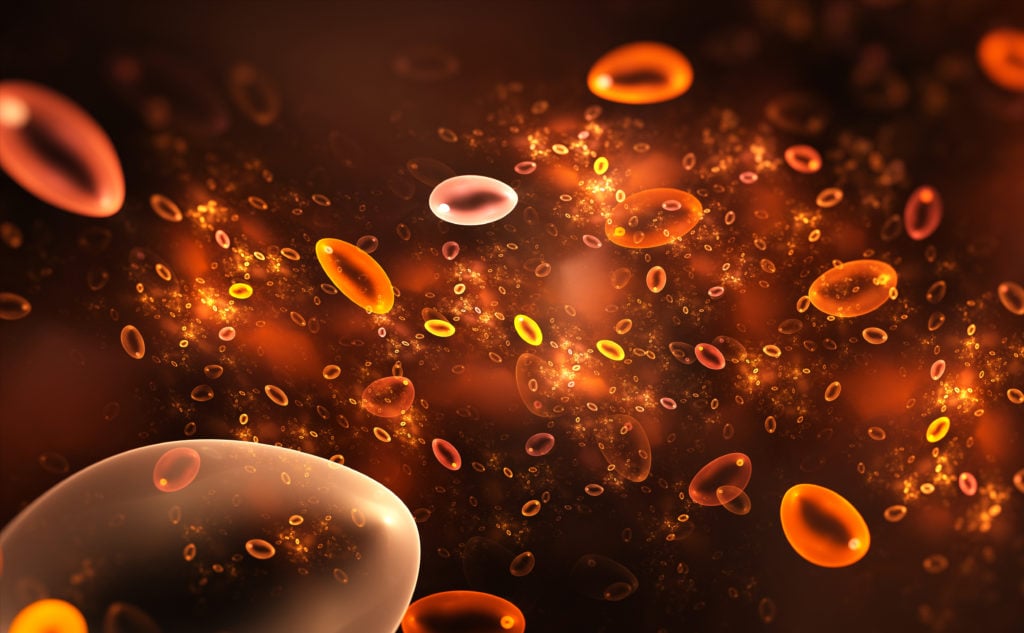GorillaHead
Member
going to be getting a revision rhinoplasty soon. What’s the best supplement(s) you guys think will help speed healing reduce swelling and really reduce the buildup of scar tissue ?
Thank you
Thank you

